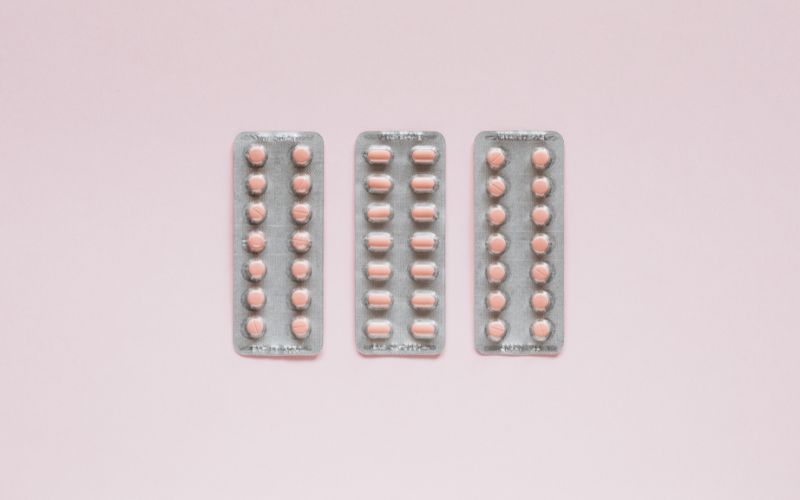
Add Your Heading Text Here
Enteric coating is a process wherein a layer of polymer is applied to the oral solid dosage forms to safeguard the medication discharge in the acidic environment of the stomach and to deliver the medication at an alkaline pH in the small intestine. The word enteric is connected with the digestive tract, and its importance is inside the digestive tract or influencing the digestive tract, so the enteric coating is any kind of coating that guarantees drug release in the digestive system. The essential component or rule of enteric coating is pH-dependent. The dissolvability of enteric-coated polymer relies upon the pH, so for enteric coating, we utilise those polymers or materials that are stable at acidic pH and don’t break up, to shield the medications from the acidic environment. The polymers utilised for enteric coating break up effectively at the essential pH, so the medication is delivered at the alkaline pH of the digestive tract.
The enteric coating can be done on tablets, pellets, and granules.
Why Enteric Coating?
- To protect the drugs from acidic degradation in the stomach.
- Enteric coating enhances the bioavailability of acid-labile drugs.
- Some drugs may result in stomach ulcers, so these drugs are coated with an enteric coat.
- Gastric irritations may result in nausea and vomiting, so the drugs that may cause gastric irritations are enteric-coated.
- Enteric-coated medicines protect the mucosal layer of the stomach.
- Enteric coating is used to modify or alter the release of drugs, meaning it is released in the small intestine instead of the stomach.
- Enteric-coated medicines are used to deliver the maximum concentration of drugs in the small intestine.
Disadvantages Of Enteric Coating
- The enteric coating process increases the expense of the item since really covering material is required for intestinal coating when compared with the film coating.
- Additional time is expected for the coating activity.
- The enteric coating requires gifted administrators.
- Enteric-coated tablets cannot be squashed or separated.
So, the following materials can be used as an enteric coating material,
- Cellulose Acetate Phthalate (CAP)
- Cellulose Acetate Trimellitate (CAT)
- Acrylates
- HydroxyPropyl Methylcellulose Phthalate (HPMCP)
- Polyvinyl Acetate Phthalate (PVAP)
- Shellac
- Sodium Alginate
- Zein
Step-by-step instructions to take enteric-coated tablets
- Enteric-coated tablets are gulped down as a whole with water.
- No squashing or parting of E.C tablets into parts is suggested, since supposing that we break the tablets, the defensive enteric coating layer will be harmed and the centre or uncoated tablet will be uncovered.
- This uncovered surface, when it interacts with acidic pH, begins dissolving in view of the lack of a protective enteric layer.
- So consistently take enteric-coated prescriptions all in all, not in broken parts.



